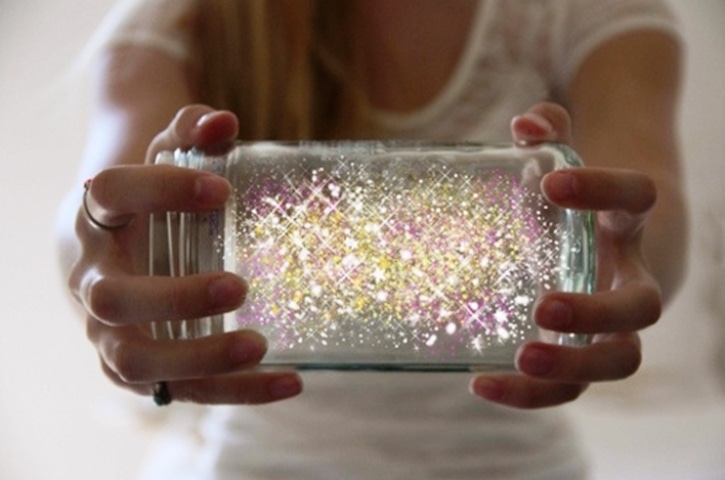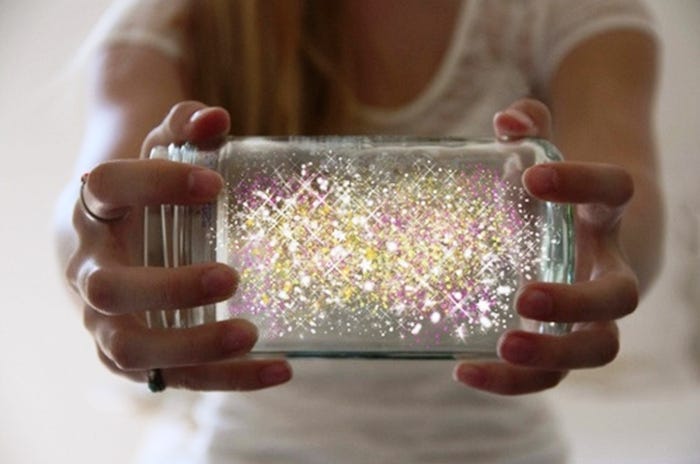“Pixie Dust” sterilization method introduced for flexible packaging
Las Vegas-based Performance Packaging of Nevada has launched an innovative and cost effective way to sterilize flexible packaging and its contents. The proprietary method involves a ‘liquid-to-gas’ sterilization process that is so unique it has been nicknamed “Pixie Dust” by the company.
December 1, 2015

 Products, such as dental tools, medical devices, or enclosed plastic, glass, or metal objects, can be sterilized within the package, and the method makes aseptic cold-fill processes achievable. There is no need to expose the package to radiation, nor does the package need to be hot-filled or require the post-pasteurization of pouches, since the pouch is already sterile.
Products, such as dental tools, medical devices, or enclosed plastic, glass, or metal objects, can be sterilized within the package, and the method makes aseptic cold-fill processes achievable. There is no need to expose the package to radiation, nor does the package need to be hot-filled or require the post-pasteurization of pouches, since the pouch is already sterile.
Industry applications for Pixie Dust include flexible packaging, such as stand-up pouches, bag-in-box, any sealed package, military applications, dental tools and medical devices. Performance Packaging is currently collaborating with various companies to identify additional markets and partners for the new aseptic process it has developed.
During tests for Pixie Dust, Performance Packaging added test organism Bacillus atrophaeus ATCC 9372 spores (which are highly resistant to heat and chemicals such as H2O2) to the package contents. A specific quantity of the Pixie Dust agent was then inserted into the package.
After 48 hours, no viable spores were recovered from any of the treated samples, which included inoculations of 4-liter, hot-fill bag-in-box, 55-gallon-drum bags and 2 ½ gallon polyolefin milk bags. Even corners and gusset fold tests, along with laboratory-scale filling tests of treated pouches revealed no sign of bacterial growth.
Currently, Pixie Dust’s new developments and improvements are underway that predict rapid, in-line sterilization prior to filling.
“Regarding specific economic benefits of Pixie Dust, we have dramatically reduced the cost of the sterilization process to an amount of, for example, about one cent (1¢) of agent will treat approximately 750,000 pouches. In contrast, large volumes of peroxide, such as 250 gallons of very expensive, high-concentration H2O2 and hot, sterile air are required to sterilize a similar number of form-fill-seal packages,” explained said Joseph Dunn, VP of Research and Development and Regulatory Affairs, Performance Packaging. “Pixie Dust is a cost-saving alternative to traditional shelf-stable methods such as hot-filling, retort processing, peroxide or peracetic baths or sprays, irradiation, pulsed light or electron-beam irradiation.”
Dr. Dunn has more than 30 years of experience in industrial biochemistry and microbiology relating to packaging research. He is also the inventor of the use of pulsed light for packaging sterilization and the author of more than 25 patents related to packaging industry safety processes. Throughout his career, he has worked closely with the U.S. Food and Drug Administration.
About the Author(s)
You May Also Like


